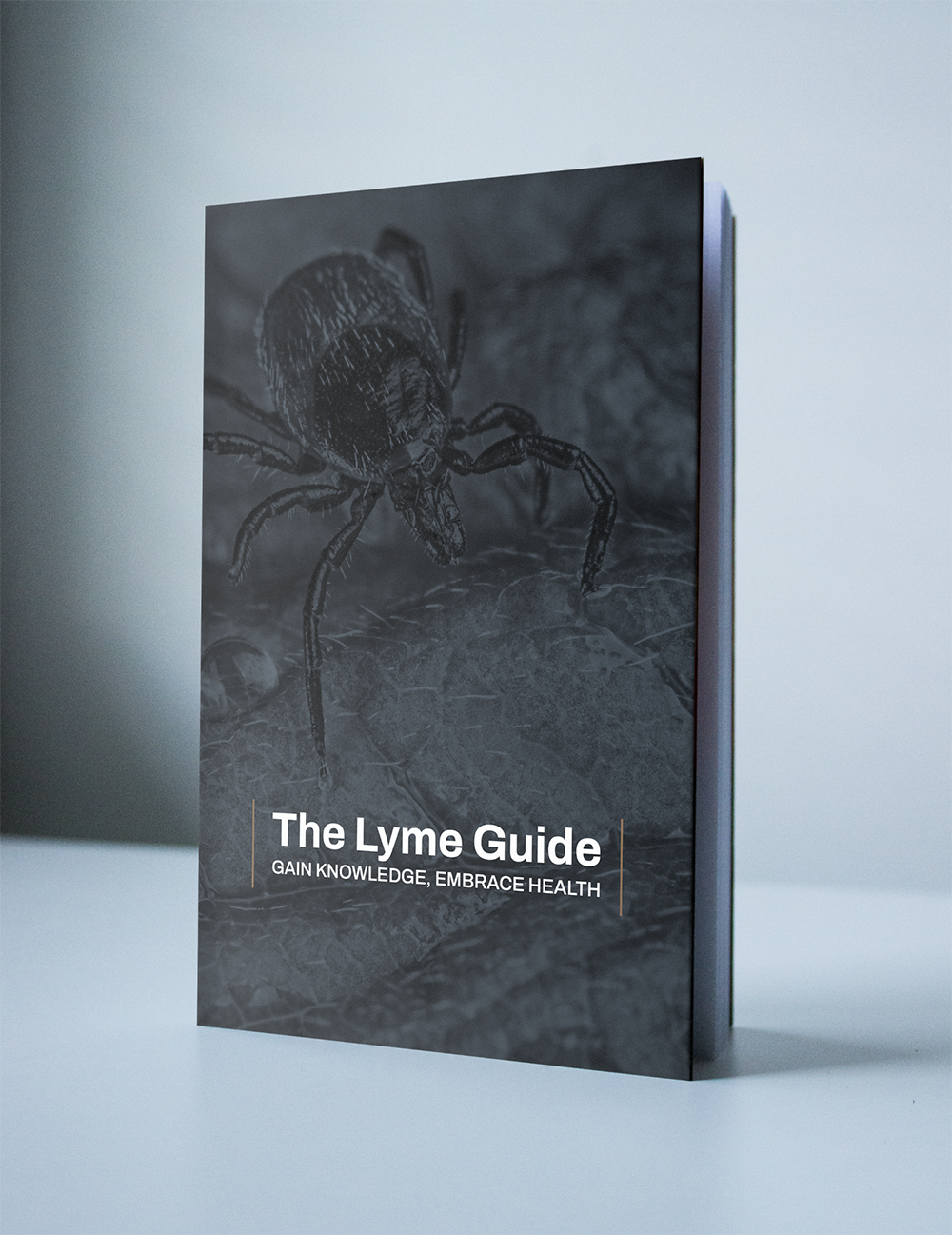MCAS
Mast cell activation syndrome (MCAS) refers to a group of disorders with diverse causes presenting with episodic multisystem symptoms as the result of mast cell mediator release, often without causing abnormalities in routine laboratory or radiologic testing. Most people with MCAS have chronic and recurrent inflammation, with or without allergic symptoms. This occurs when an aspect of the innate immune system becomes overactive and releases a flood of inflammatory chemicals, which may affect every organ in the body.
What are Mast Cells and Histamine?
Mast cells are types of white blood cells that release up to 1000 signaling chemicals, or mast cell mediators, into the body as part of an immune system stabilizing defense response against foreign invaders (parasites, fungi, bacteria, or viruses), allergens and environmental toxins. We need mast cells to protect us from infection, heal wounds, create new blood cells, and develop immune tolerance. However, in conditions in which these cells are dysfunctional or overactive, they can cause serious issues.
Mast cells are found in most tissues throughout your body. In particular, they are found in tissues that are in close contact with the envoronment such as your skin, airways, and gastrointestinal tract. Mast cells are also found in your cardiovascular, nervous, and reproductive systems.
Mas cell mediators are the preformed granules secreted by mast cells in response to an outside stimulus, which can occur very quickly, in milliseconds. Mast cell mediators include histamine, proteases, leukotrienes, prostaglandins, chemokines, and cytokines. Their job is to signal and guide other cells, tissues, and organs to respond to the hostile invaders. These mast cell mediators provoke potent inflammatory responses that can include urticaria (AKA hives-skin rash and swelling), angioedema (swelling beneath the skin surface), bronchoconstriction (airway constriction), diarrhea, vomiting, hypotension (low blood pressure), cardiovascular collapse, and death, all within a matter of minutes.
For some, MCAS becomes a highly probable diagnosis when they notice that they have had various symptoms of an inflammatory nature over the years. Mast cell activation syndrome symptoms may include:
- Allergies as a toddler
- Various skin rashes that came and went
- Disturbed gut function (possibly diagnosed as irritable bowel syndrome (IBS), gastroesophageal reflux disease (GERD) or small intestinal bacterial overgrowth (SIBO))
- Unexplained anxiety
- Headaches
- Insomnia
- Poor wound healing
Histamine Intolerance is a Subset of MCAS
Mast cell activation syndrome (also referred to as mast cell activation disorder (MCAD)) is sometimes confused with histamine intolerance. The major difference is that with MCAS and mast cell activation disorder, a person’s mast cells secrete many mediators of inflammation, such as leukotrienes and prostaglandins, not just histamine-although histamine is an important component. Histamine intolerance is considered a subset of MCAS where too much histamne is released from mast cells, too much histamine is taken in by consuming histamine-containing foods, histamine is not broken down in the gut because of DAO gut enzyme deficiency, or not broken down in the liver because of HNMT deficiency.
However, histamine is not all bad; it serves useful functions as a neurotransmitter, helps to produce stomach acid, and is an important immune mediator when not in excess.
10 Non-Food Triggers of Mast Cell Activation Syndrome
If you’re struggling or suspect you have MCAS, it’s in your best interest to reduce your exposure to these triggers, including:
- Extreme temperatures – either hot or cold
- Exposure to mold or Lyme disease and coinfections
- Emotional stress
- Insect bites
- Chemicals in personal products
- Medications that liberate histamine or block DAO
- Sodium benzoate -a common food preservative
- Airborne smells from chemicals or smoke
- Heavy metal toxicity – aluminum, mercury, lead, cadmium, bismuth and arsenic are known to be mast cell destabilizers
- Anesthetics
10 High Histamine Foods that Should be Avoided
Studies have shown that eliminating foods high in histamine and other triggers can significantly improve symptoms. Ten of the highest histamine foods include:
- Yeast and alcohol
- Dairy (especially fermented dairy like kefir)
- Gluten
- Fermented foods, especially sauerkraut, kombucha, miso
- Cured and smoked meats and fish
- Shellfish
- Citrus foods – lemon, lime, orange
- Vinegar
- Leftover and aged food – especially if left in the refrigerator and not frozen immediately
- Berries – strawberries, raspberries
Treatments for Lowering Hstamine and Reducing MCAS Symptoms
1.- Eat a low-histamine diet: Remove alcohol, smoked and cured meat, tinned fish, pickled and fermented foods, berries (strawberries being one of the worst culprits), citrus, nuts, chocolate, dairy, spinach, yeast, soy sauce, tomatoes and tomato products, preservatives, and vinegar. Stop eating leftover food. This will only reduce the incoming histamine and won’t affect the mast cell overactivity within the cells of the body. A comprehensive guide regarding the low-histamine diet can be found here.
2.- Promote good gut health: Cut back on gut-damaging and inflammatory foods, and increase probiotics. Use a human origin 4th generation probiotics to stabilize gut disbiosis.
3.- Stabilize mast cell release of histamine with quercetin and vitamin C.
4.- Identify and remove toxins and allergens: This could be heavy metals, mercury fillings, cosmetics, and household cleaners.
5.- Nutrients that assist in the treatment: This includes vitamin B6, alpha lipoic acid, vitamin C, vitamin E, Selenium, omega-3s, N-acetylcysteine (NAC), methylation donors like methyl-folate, SAMe, and riboflavin.
6.- Get into a solid routine: Getting high quality sleep and staying on schedule helps keep mast cells in check.
7.- Reduce stress: Stress, through the action of corticotropin hormone, can activate your mast cells and cause them to destabilize and release mediators.

















































